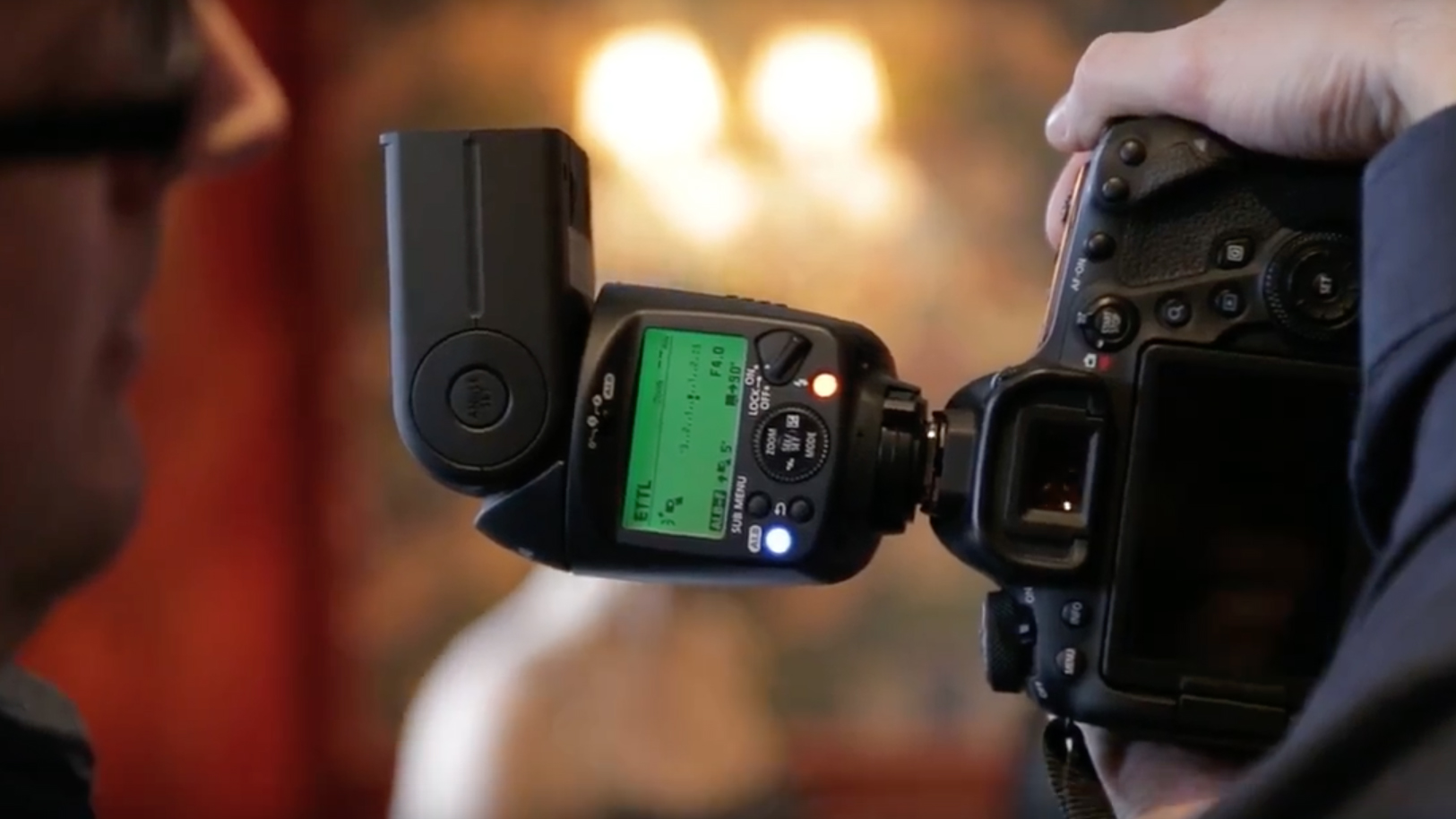TechRadar Verdict
In some ways, the 470EX-AI is a truly innovative flashgun that's particularly useful for beginners. That said, it costs more than Canon’s range-topping, pro-grade 600EX-II RT and beginners who are tempted by its AI bounce facility might feel a bit odd spending considerably more on a flashgun than they did on their entry-level Canon DSLR and kit lens combination.
Pros
- +
Automatic bounce
- +
Decent maximum output
- +
Fast and silent recycling
Cons
- -
Expensive to buy
- -
No RF master/slave modes
- -
No optical wireless master mode
Why you can trust TechRadar
It doesn’t take long to realise that bouncing the output of a flashgun off a ceiling or wall can effectively increase the size of the light source, therefore creating a softer, more natural looking lighting technique. However, beginners in particular might find it hard to play the angles, and to judge the best degree of bounce to give the optimum effect. Canon’s revolutionary new Speedlite boasts artificial intelligence, which it harnesses to control a motorized tilt and swivel head, thereby delivering an automatic bounce facility.
Features
- Head physically moves around automatically under its own power
- Fully automatic and semi-automatic bounce modes
- Calculates the optimum bounce angle
Like most other mid-range flashguns, the Canon Speedlite 470EX-AI has a motorized zoom head that automatically tracks the focal length of the lens being used. As with most recent Canon flashguns, it can also automatically detect whether the camera you’re using is a full-frame or APS-C format model, taking this into account when automatically adjusting the zoom setting. But its main claim to fame is that it also has a motorized tilt and swivel function, so the head physically moves around automatically under its own power. It can tilt upwards beyond the vertical, through a 120-degree arc, and swivel a full 180 degrees to both the left and the right.
Bounce: 0 to 120 degrees
Swivel (left/right): 180 / 180 degrees
Zoom range: 24-105mm (auto)
Flash exposure compensation: +/-3EV
Manual power settings: 1/1 to 1/128
Dimensions (W x H x D): 75 x 130 x 105mm
Weight (excl batts): 385g
There are fully automatic and semi-automatic bounce modes on offer, via a small switch on the rear of the flashgun. In full auto AI Bounce mode, the Speedlite fires a pre-flash pulse at the subject, then tilts vertically upwards and fires a second pre-flash pulse at the ceiling. It then calculates the optimum bounce angle, based on the distance to the subject and the distance to the ceiling. If you swap between portrait and landscape orientation, you can reposition the flash head by applying a double light-press to the camera’s shutter button. This relies on orientation sensors built into the flashgun rather than the camera, so everything works properly even if you’re using the flashgun off-camera.
But what if you’d rather bounce the flash off a white wall instead? This can be particularly useful if the ceiling is very high or has, for example, a natural wood rather than painted white finish. You might even prefer to fire your flash at a large reflector panel that you can position independently. This is where the semi-automatic AI Bounce mode comes into play. It enables you to manually point the flash head in your desired direction and then press the ‘Angle Set’ button on the side of the head. This locks the position into the flashguns memory. Again, you can switch between portrait and landscape orientation and apply a double tap of the shutter button to maintain the same bounce angle, the head tilting and swivelling as necessary. As well as fully automatic and semi-automatic modes, the selection switch has a zero-degrees option for direct flash with no bounce or swivel.
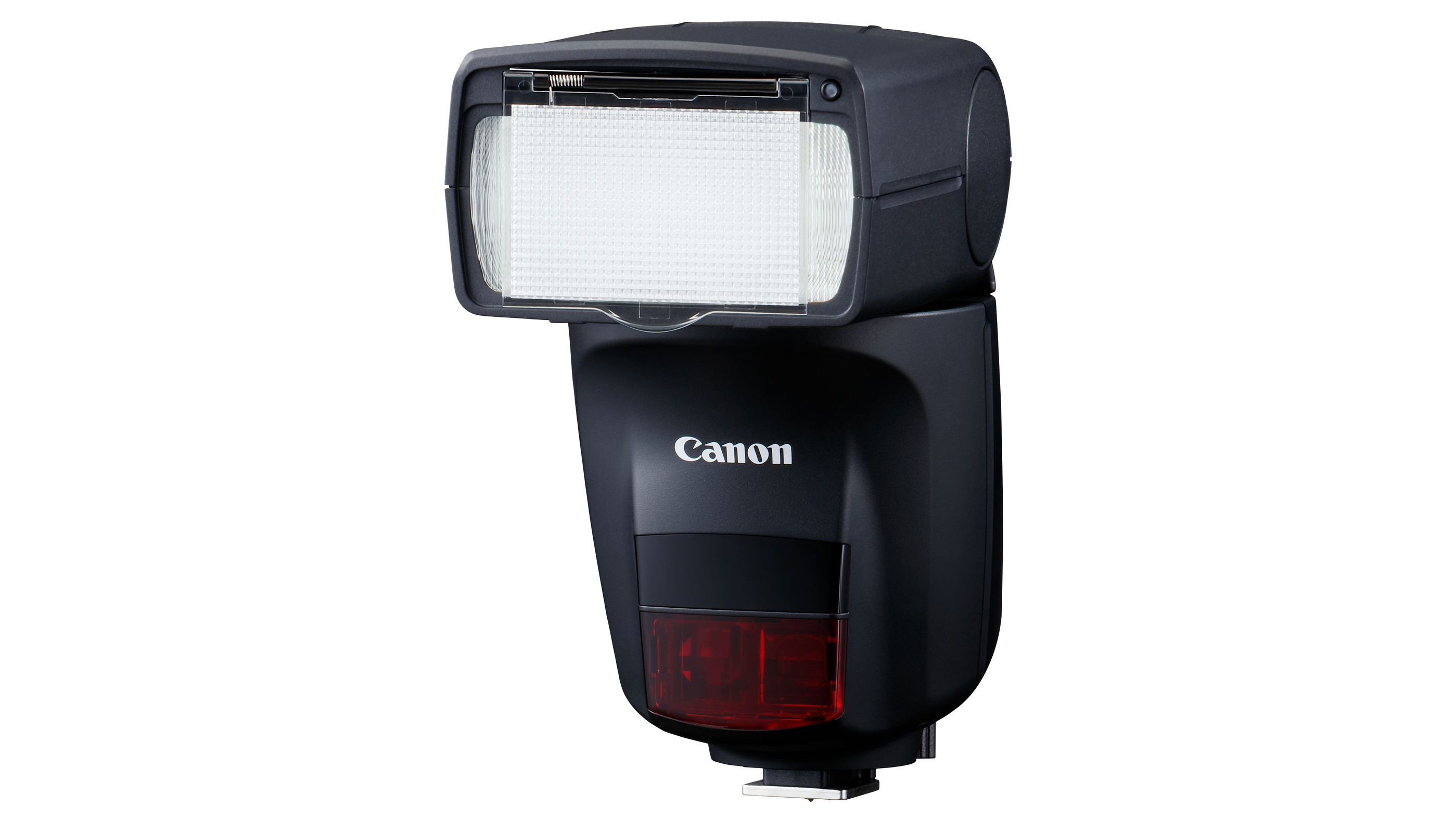
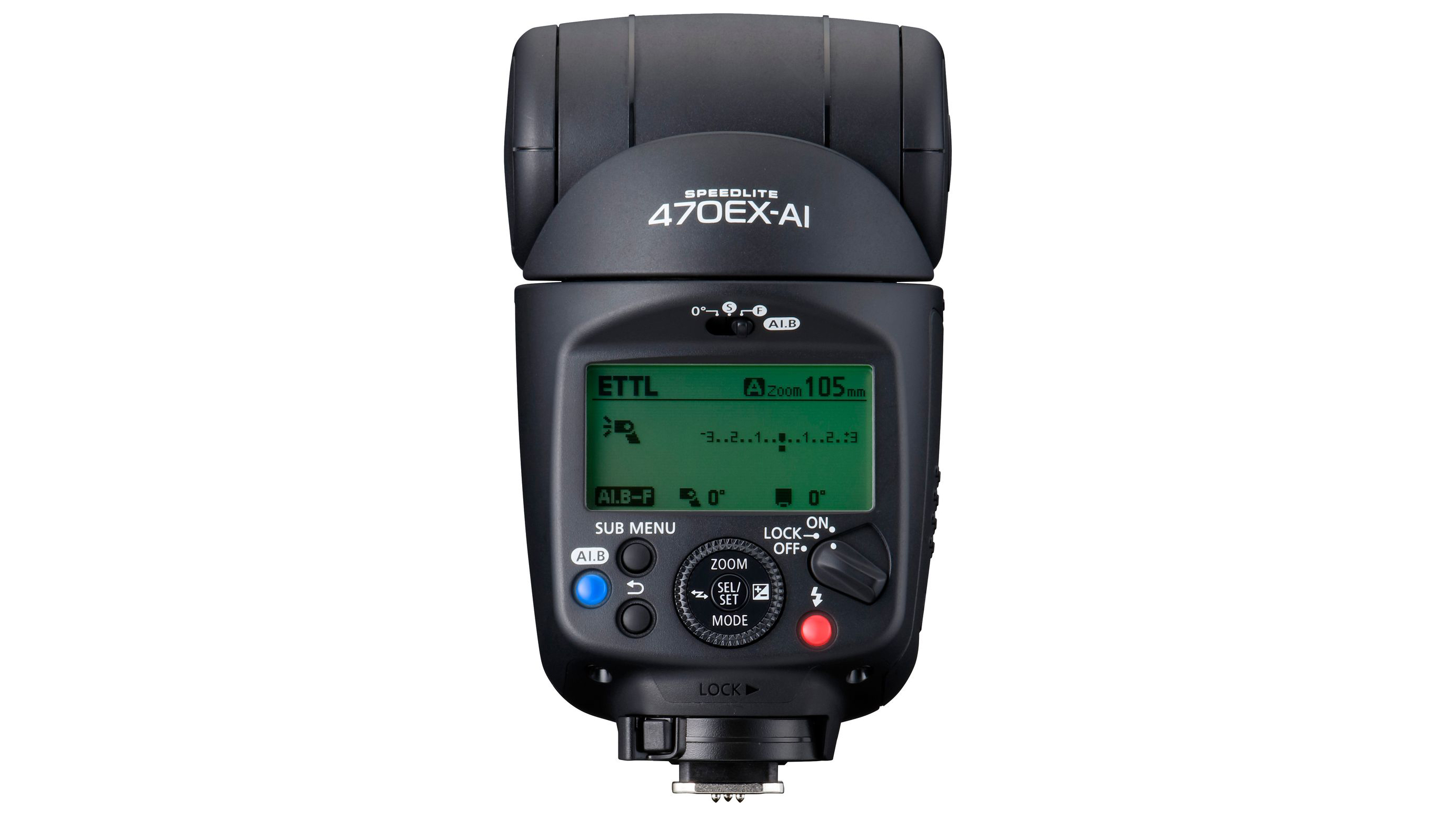
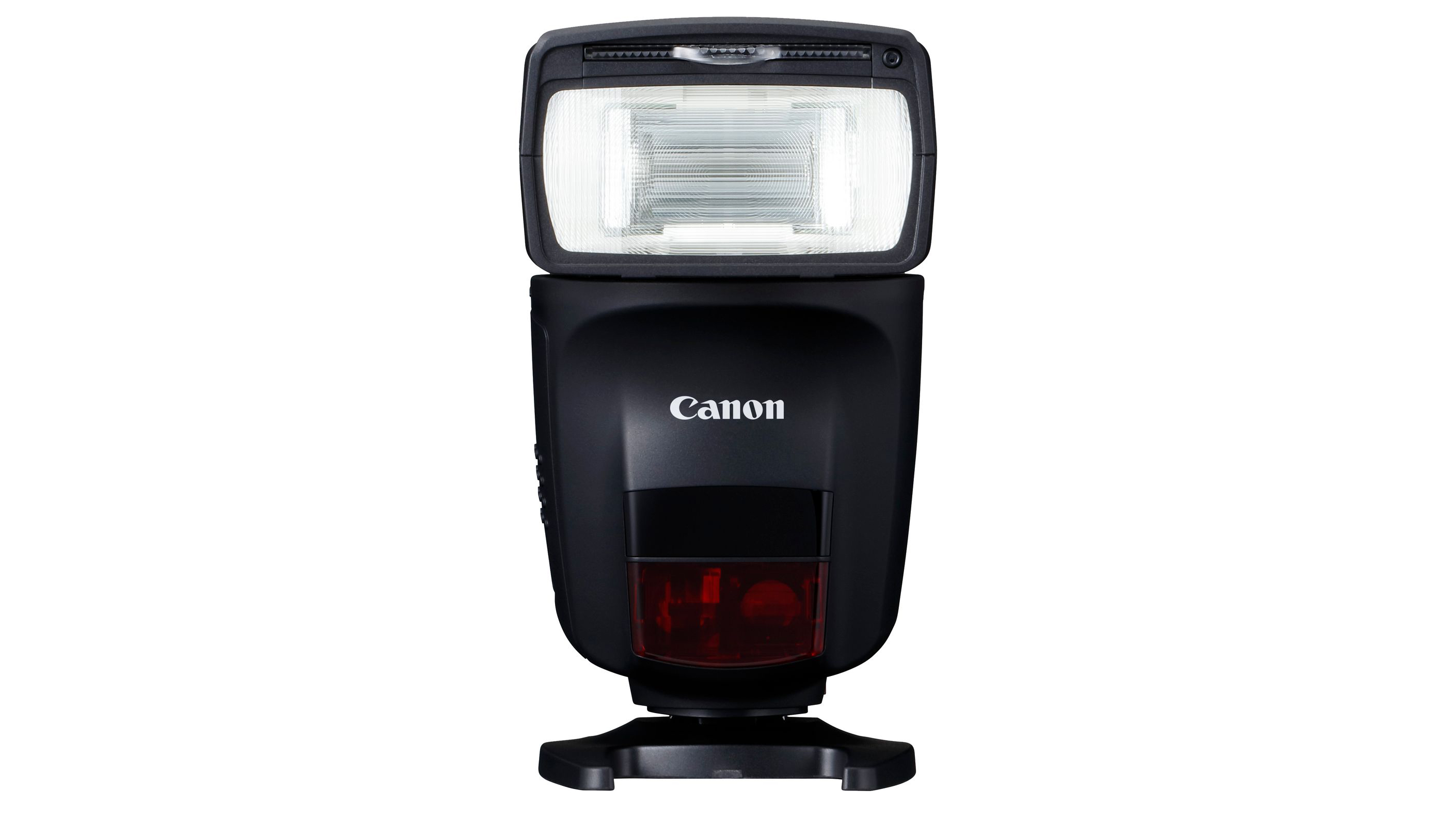
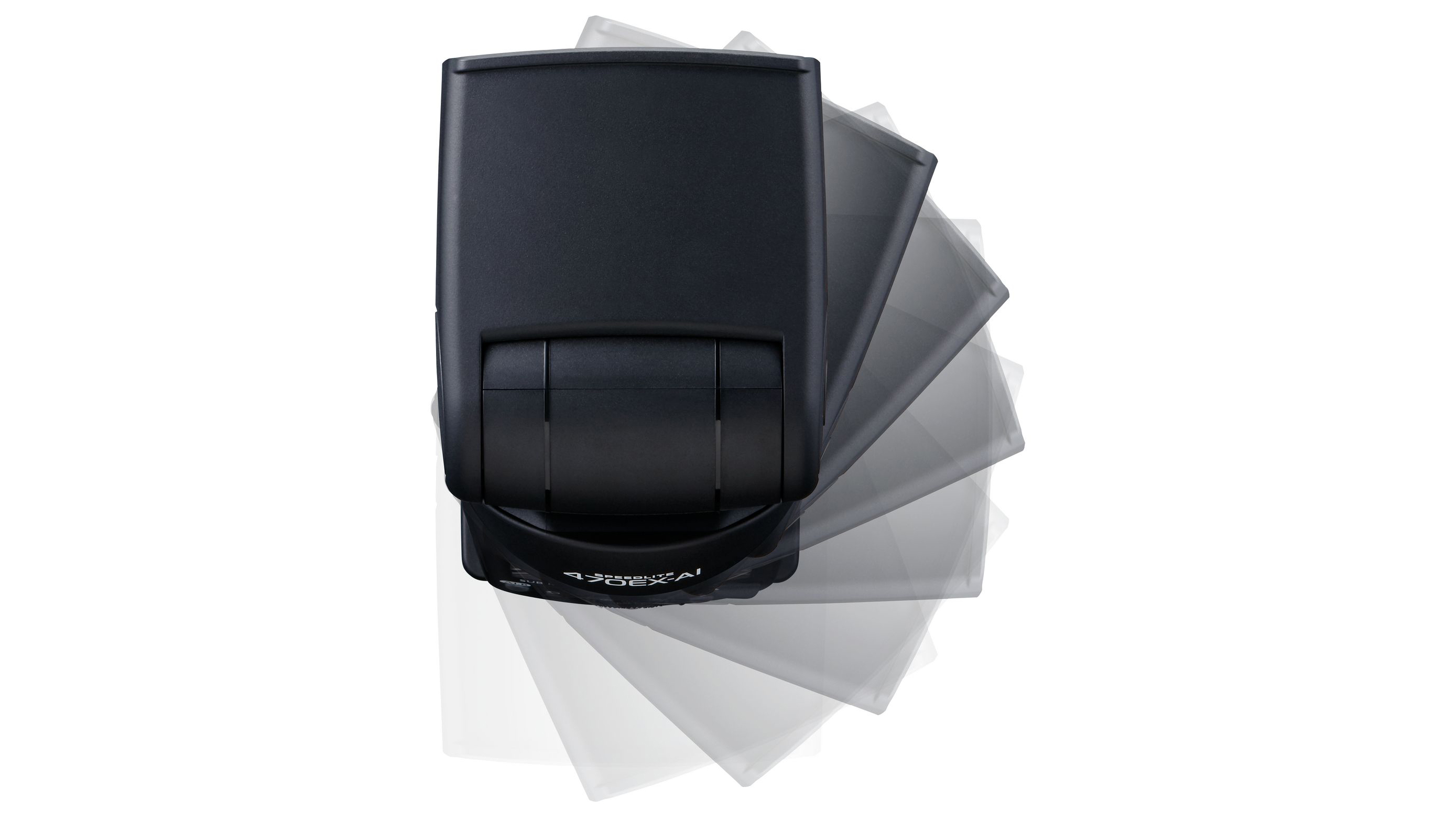

Build quality and handling
- Features a traditional control panel
- Zoom function of the head relatively limited
- Programmable stroboscopic flash mode missing
While the AI bounce facility is innovative, the 470EX-AI is quite conventional in other ways. It has a traditional control panel based on buttons, a rotary dial and mono LCD display. The look and feel is quite dated, compared with some recent Metz flashguns that have touchscreens. The zoom function of the head is relatively limited compared with similarly priced flashguns, rated at 24-105mm in full-frame terms, rather than the now more usual 24-200mm. There’s also no pull-out reflector card in the head, which is usually featured on mid-range flashguns. Most similarly priced flashguns have a programmable stroboscopic flash mode, which again is absent.
The 470EX-AI has a fairly generous maximum power rating of Gn 47
More surprisingly, the 470EX-AI lacks the RF (Radio Frequency) communication of Canon’s 430EX III-RT and 600EX-RT (both the original and Mark II editions). For wireless off-camera flash, it can therefore only operate via an optical link, and only as a slave, not a master. You therefore can’t slot the flashgun into your camera’s hotshoe and use it to wirelessly control another flashgun in slave mode. It also lacks the weather-seals of Canon’s considerably more powerful, top-flight professional 600EX-RT II flashgun.
On the plus side, the 470EX-AI has a fairly generous maximum power rating of Gn 47 (Guide number at ISO 100/metres). Supplied accessories include a diffusion dome, stand and padded soft case, all of which are of good quality.
The latest tech often comes with backwards compatibility issues and this flashgun is no exception. Fully automatic AI Bounce mode is unavailable when using cameras launched before the second half of 2014, including the EOS Rebel T5 / 1200D, EOS Rebel SL1 / 100D, EOS Rebel T5i / 700D, EOS 70D, EOS 6D, EOS 5D Mk III and EOS-1D X. When shooting with these as well as the newer EOS Rebel T6 / 1300D and mirrorless EOS M3, EOS M5 and EOS M6, you can only use AI bounce in semi-automatic mode.
Performance
- TTL flash metering is usually accurate and consistent
- Recycling after a flash is silent and pretty swift
- Battery life is about two-thirds that of the 430EX II-RT
As its Gn rating would imply, maximum output is a little more powerful than from the 430EX III-RT, but weaker than from the 600EX II-RT. TTL (Through The Lens) flash metering is usually accurate and consistent, both for direct flash and when using the flashgun in bounce mode.
Recycling after a flash is silent and pretty swift. In fact, recycling is virtually instantaneous at power settings of between 1/128 and 1/4. At half-power and full-power settings, recycling times are 1.1 and 2.3 seconds with NiMH batteries, or 1.3 and 4.2 with alkaline batteries. Battery life is about two-thirds that of the 430EX II-RT, ranging from around 115 to 800 shots on a set of four alkaline cells, depending on output power and how much you use the motorized bounce/swivel and zoom functions. Canon claims that, in practice, battery life is about equal when using both flashguns in bounce mode, as the 470EX-AI reduces the amount of trial and error.
Verdict
In some ways, the 470EX-AI is a truly innovative flashgun. It’s particularly useful for beginners who are nervous about how to set the angle of the head manually for effective bounce flash. However, pointing the flash at a wall or ceiling isn’t exactly a difficult thing to do, and you don’t generally need to set the angle very precisely. It can actually be quicker to set the bounce angle manually, considering that the flashgun needs to fire a pre-flash pulse at the subject, then swivel towards the ceiling and fire a second pre-flash pulse, and then work out its bounce angle, every time you adopt a new shooting position.
Another sticking point is the price, especially in regions where the 470EX-AI costs more than Canon’s range-topping, pro-grade 600EX-II RT. The latter is much more powerful and sophisticated, includes full RF wireless communication and has better build quality along with weather-seals.
Ultimately, as clever as the 470EX-AI is, beginners who are tempted by its AI bounce facility might feel a bit odd spending considerably more on a flashgun than they did on their entry-level Canon DSLR and kit lens combination.
